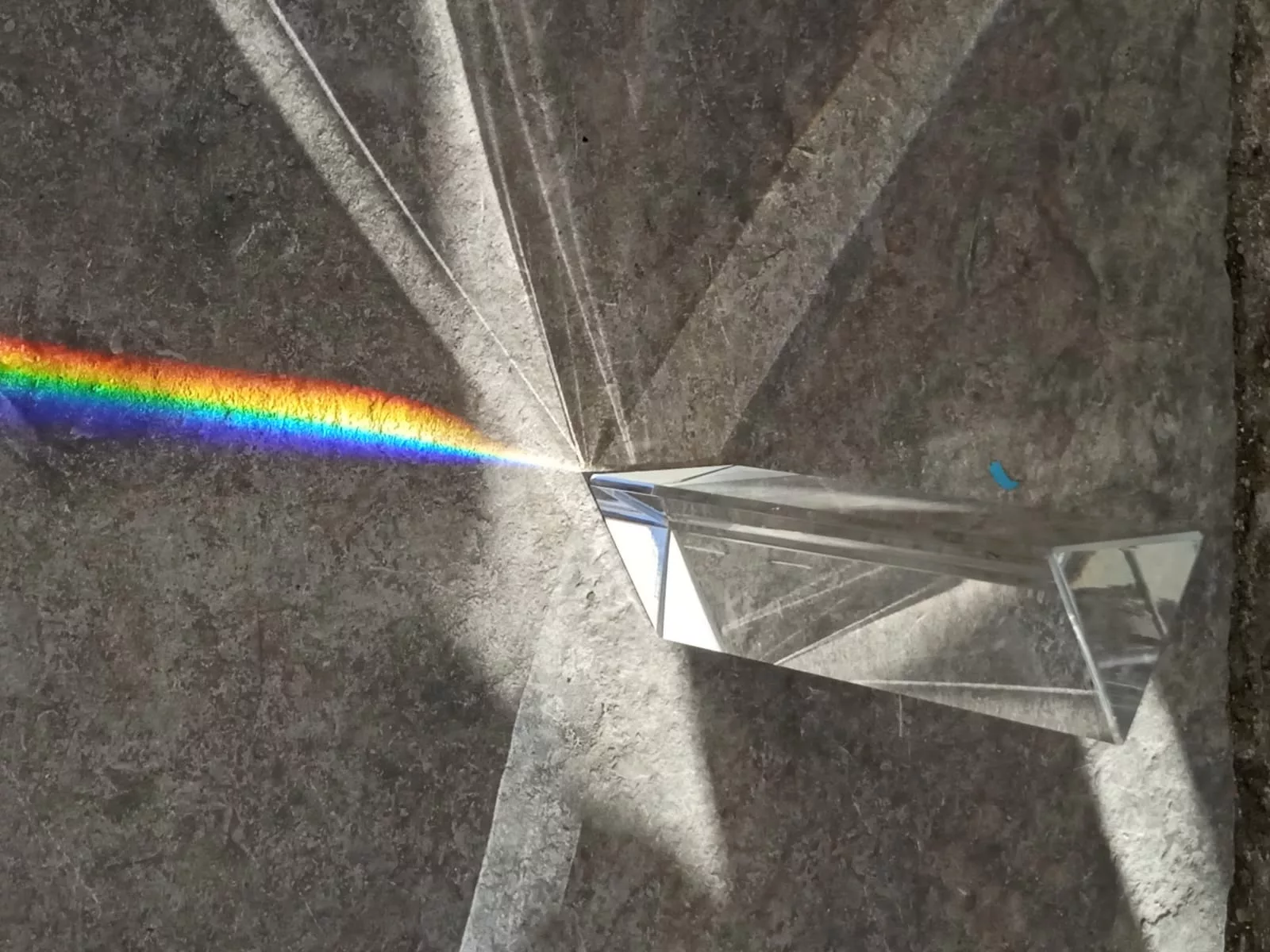Tales of Wonder Women in Science & Technology

In Software Development we are encouraged to apply some core principles. A good way of memorising some of them is through a mnemonic: SOLID.
These five principles are:
- Single responsibility
- Open-closed
- Liskov substitution
- Interface segregation
- Dependency inversion
Three out of five of these principles can be traced back to Robert C. Martin, also known as Uncle Bob, for us developers. Bertrand Meyer was responsible for the open-closed one, and guess what, the only one with the author’s name in it was formulated by a woman: Barbara Liskov.
That reminded me of another great mnemonic that I was taught at university during a Stellar Astrophysics lecture: “Oh Be A Fine Girl, Kiss Me”, whose initials are used to categorise a star based on its spectra – OBAFGKM. The teacher told us that it was a woman who came up with it, but he left out some details we won’t miss…
Once upon a time — somewhere before 1880 — there was a little girl called Annie Cannon who loved astronomy. Instead of following the herd to “be a good wife and mother”, her mother actually encouraged her to study science. She graduated with a degree in physics in 1884 from Wellesley College in Massachusetts and was hired to work as an assistant to the director of the Harvard College Observatory.
She became the first member of the Harvard Computers, an all-female team that analysed data that the (male) astronomers would acquire using the telescopes. Her work to study and identify patterns in stars’ spectra was published in 1901 as a catalogue of stars. Twenty years later the International Astronomical Union formalized Annie’s system as the stellar classification to be used when categorising stars. Despite this great recognition of her work, Annie and the other “computers” had to endure opinions such as “you are out of your place” and “your job should be to be a housewife”, on top of receiving lower wages than their male counterparts.
The Harvard Computers isn’t the only team of women assembled to do “boring jobs” in science contexts. Back in 1950 real computers started to be used at NASA but male engineers and scientists did not trust the machines and preferred that the calculations were done by a human. Women were hired to deal with that. The first woman hired was Barbara Canright in 1939 but there is a limit to what a single person can compute and as such, more women were hired to help out. One of them had the idea to hire recent graduates from nearby universities and this proved to be the opportunity some women needed to pursue their careers in science.
One woman whose story is worth mentioning is Barbara Paulson – she did the calculations that allowed the USA to launch their first satellite in the Space Race against the Soviet Union. After that, she became pregnant with her first child. In the 1960’s there was a rule at NASA that forced women to quit if they became pregnant. Fortunately Barbara’s supervisor – Helen Ling – had the policy to rehire her peers after giving birth, whenever they were ready to come back to work. Thanks to this maternity leave arrangement, Barbara was able to come back to NASA and to compute trajectories to the Mariner probes that were sent to Venus and Mars.
When the real computers were deemed trustworthy, these women (and the ones who followed) continued to make major contributions to the aerospace industry. Helen Ling continued to program and her future software would perform tasks such as mapping the Earth’s surface, studying Mars from orbit, and scanning the entire night sky at infrared wavelengths. Barbara Paulson went on to work on the Viking program, determining how to reach Mars’ surface. She also did calculations for the two Voyager spacecraft, one of which is now far, far … far from home.
There are so many women that made incredible contributions to the fields of Science, Technology, Engineering, and Mathematics – look at that, another mnemonic: STEM! – and we can celebrate them all every year on February 11th – the International Day of Women and Girls in Science.
Like other international days, it is promoted by the United Nations to educate the public on topics of concern. On this date, the goal is to promote full and equal access and participation in science for women and girls. The statistics collected by the UN show that unequal pay is still noticeable in 2024:
“Women are typically given smaller research grants than their male colleagues and, while they represent 33.3% of all researchers, only 12% of members of national science academies are women.”
But what should really get the attention of the society is this:
“Despite a shortage of skills in most of the technological fields driving the Fourth Industrial Revolution, women still account for only 28% of engineering graduates and 40% of graduates in computer science and informatics.” and “In cutting edge fields such as artificial intelligence, only one in five professionals (22%) is a woman.”
How can we get more girls interested in science? How can we help them become women in technology? What can we – as individuals, as families – do? We can take our kids to activities that promote science. Take them to the planetarium, the science museum and promote activities that trigger their curiosity.
For example, at my kids’ school one of the parents took a prism and some books to class and explained the rainbow, the colours and how it all works. Then they went outside and searched for the rainbow that the prism exposed! “Wow! You can see the rainbow without rain!!!!” – the kids said. His daughter was incredibly proud to see her father sharing his knowledge with the rest of the class.
What can we – as companies – do? We can empower and hire girls that recently graduated in technological areas.
During last year’s VWDS Junior Academy program, I saw female candidates going through the recruitment process that were brilliant and smart but also incredibly afraid of getting the wrong answer during their interview. But guess what, we don’t have to get it right at the first try. We don’t have to know it all upfront. What we have to do is to be able to question, expose our thoughts and know that we won’t be judged in the process.
What can we do? We can lead by example. As of the end of January 2024, VWDS had 26% of women working in product teams – a value that is inline with recent reports. This rate goes up by 2% – to 28% – if we include the Central Teams and Management. For example, in my tech unit, the SDC, there are seven Engineering Managers and four of them are women – a staggering 57%.
What can we all do? Promote and celebrate our fellow women in tech. Celebrate each others achievements, regardless of whether it is a Nobel prize, a paper published in a peer-reviewed journal or being a keynote speaker at a conference.
To my fellow women and girls in STEM: Happy International Day of Women and Girls in Science!
Congratulations on your achievements and I look forward to those yet to come
Like Barbara Liskov once said, “May we do what we love and love what we do”.
Isn’t it a solid piece of advice?





